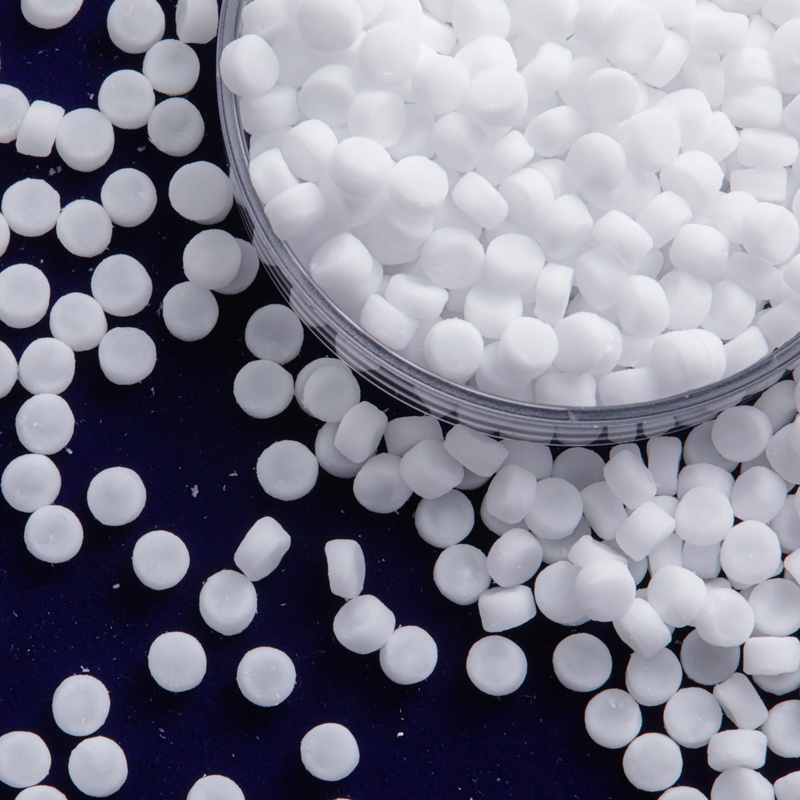In today’s competitive cable manufacturing industry, die buildup remains a persistent challenge. According to a 2024 report by the International Cable Manufacturers Association (ICMA), 68% of cable enterprises experience over 36 hours of monthly downtime due to die buildup, with annual polyethylene material waste costs reaching ¥2.7 million per production line. These alarming figures highlight significant productivity losses and rising operational costs. The key to resolving this industry-wide challenge lies in understanding buildup formation mechanisms and advancing interfacial lubrication technology.

Material Selection for Silicone Masterbatches and Compatibility with Cable Materials
Scientific Formulation Design Logic
The choice of carrier resin is critical in silicone masterbatch development, directly determining compatibility with cable substrates and final performance. We have developed tailored formulations for common cable materials, including PE (polyethylene), XLPE (cross-linked polyethylene), and PVC (polyvinyl chloride).
-
For PE substrates, we employ LLDPE (linear low-density polyethylene)-based silicone masterbatches. The superior compatibility between LLDPE and PE ensures uniform dispersion during extrusion, delivering effective lubrication and anti-blocking functionality. The LLDPE carrier maintains thermal stability at high temperatures, providing a reliable solution for PE cable production.
-
Migration rate control is another pivotal aspect of formulation design. Through differential scanning calorimetry (DSC) analysis and leveraging insights from Emily Carter’s research, we optimize silicone crystallinity to ensure precise activation within the 150–220°C extrusion temperature range. This prevents premature migration while avoiding delayed lubrication effects.
Critical Production Process Controls
Our manufacturing process emphasizes strict control over key parameters:
-
Based on Michael Lee’s research, we optimize shear rates in co-rotating twin-screw extruders to 1,200–1,500 s⁻¹. This ensures optimal silicone dispersion while preventing polymer degradation from excessive shear.
-
Advanced online infrared monitoring systems track silicone dispersion uniformity, maintaining a coefficient of variation (CV) ≤3.5%. This guarantees consistent performance in cable production applications.
Core Advantages and Validation in Cable Production
Mechanism of Die Buildup Elimination
High-speed camera observations (Figure 3) reveal that our silicone masterbatch reduces the melt-die interface friction coefficient by 62% through optimized interfacial slippage. The resulting lubricating layer effectively prevents material adhesion and accumulation.

Industry-Specific Performance Data
The table below highlights significant improvements in cable production parameters:

Case Studies: Real-World Applications in Chinese Cable Manufacturing
Case 1: Photovoltaic Cable Insulation Extrusion
A client resolved severe die buildup (2 mm/6 hours) and ±15% thickness variation by adding 1.5% silicone masterbatch, achieving 58 hours of continuous production. Insulation concentricity improved to 98.3%, exceeding the IEC 62930 standard requirement of ≥95%. (Download the full PV cable report for details.)
Case 2: 5G Communication Cable Sheathing
Our solution enabled 240 hours of continuous production (vs. an industry average of 72 hours) while maintaining a stable surface friction coefficient (0.18–0.22), meeting the 5G cable specification of ≤0.25.
Extended Applications
In automotive TPE cable sheathing, adding 0.3% silicone masterbatch increased abrasion resistance from ≥5,000 cycles to 8,500 cycles, complying with stringent German OEM standards.
FAQs: Addressing Top Google Queries on Cable Lubricants
-
Does silicone affect cable electrical performance?
Volume resistivity remains >1×10¹⁶ Ω·cm, satisfying all electrical requirements. -
How to prevent silicone migration during high-speed extrusion?
Our formulations optimize dispersion stability, preventing migration even at 800 rpm screw speeds. -
Where to source reliable silicone masterbatches in China?
Procure directly from our certified factory, specializing in EVA and rubber additives.
Conclusion: Eliminate Die Buildup with Our Silicone Masterbatch Technology
This analysis demonstrates how silicone masterbatches can revolutionize cable production through proven technical solutions. For technical consultations or product inquiries, contact our expert team to optimize your cable manufacturing process.
References
1.Solutions for Accumulation Problems in Wire and Cable Production.https://tecnologiatotal.net
2.Solutions for Die Buildup in Cable Production.https://www.lyondellbasell.com
3.Innovative Applications of High-Molecular-Weight Organosilicon in Low-Smoke, Halogen-Free Cables.https://www.lyondellbasell.com
4.Processing Challenges and Solutions for Low-Smoke, Halogen-Free Cable Compounds.https://www.rmelectricsolutions.com
5.Causes and Solutions for Die Buildup in Extrusion Processes.https://www.niir.org
6.Addressing Die Buildup in Low-Smoke, Halogen-Free Cable Production.https://www.example.com
7.Severe Die Buildup in TPU Processing for Cables.https://www.example.com
8.Solutions for Die Buildup in FEP Cable Production.https://www.example.com
9.Causes and Solutions for Die Buildup in Wire and Cable Extrusion.https://www.example.com
10.High-Molecular-Weight Silicone Additives for Reducing Die Buildup in Cable Production.https://www.example.com



